Rotational grazing is a method of managing livestock in pasture-based systems, where animals are moved systematically between different grazing areas or paddocks. Instead of allowing the animals to continuously graze on a single pasture, rotational grazing divides a larger grazing area into smaller sections and regularly rotates the animals between them.
In this post, I’ll explore how rotational grazing works, its benefits, and of course some of the animals that can benefit from this sustainable grazing method.
How does rotational grazing work?
Rotational grazing involves systematically moving livestock between different grazing areas or paddocks in a planned manner.
First, you’d divide the property into several smaller sections. The number and size of these sections depend on factions such as available land, forage productivity, and the number of animals.
Side note: I use the word “forage” here and not just “grass” as rotational grazing can occur on grassy fields, in bits of forests that need clearing, and basically anywhere animals could find food.
Livestock are introduced to one paddock at a time, allowing them to graze the available forage. The duration of the grazing period depends on factors like forage growth rate and animal requirements. It is typically long enough to allow animals to eat a significant portion of the forage but short enough to prevent overgrazing.
After the grazing period, the animals are moved to the next area, and the previously grazed section is left to rest and recover. This rest period allows the forage to regrow and replenish its nutrient reserves. The length of the rest period depends on factors like forage growth rate, weather conditions, and the recovery of the pasture.
This grazing-and-rest cycle continues throughout the grazing season. This ensures that the animals have access to fresh, high-quality forage while allowing plants to recover and maximize their productivity.
Planning is essential when applying a rotational grazing method: planning ahead of time for the duration of the flock’s stay in each pasture is one thing, tracking how fast the section is “grazed out” and how long it needs to fully recover also helps to plan for the next seasons.
What are the benefits of rotational grazing?
The main objective of rotational grazing is to optimize forage utilization, soil health, and pasture productivity while promoting the well-being of the livestock. By moving animals to fresh grazing areas, rotational grazing allows forage in previously grazed sections to recover and regrow, ensuring a continuous supply of high-quality forage for the animals.
The specific rotation pattern and duration can vary depending on factors such as the size of the pasture, the number of animals, and the type of forage being grown. The timing and frequency of rotations are often determined by the growth rate of the forage, aiming to prevent overgrazing and promote healthy regrowth.
Benefits of rotational grazing include:
- Nutritional quality: the animals are provided with fresh, nutrient-rich forage (grass and others). Not only does this result in more food, but the variety and freshness of the forage also keeps animals healthier.
- Better pasture growth: by allowing plants to rest and recover, rotational grazing leads to better growth and maintains a more productive and diverse pasture.
- Soil health and nutrient cycling: the rest periods between grazing sessions allow the soil to replenish nutrients, reduce compaction, and improve water infiltration. This leads to healthier and more resilient pastures.
- Weed and pest control: when a pasture is overgrazed, it often makes room for weeds and pests.
- Rotational grazing contributes to sustainable land management by reducing soil erosion, improving water quality, and promoting biodiversity.
- Last but not least, proper rotational grazing can optimize the use of available land and resources, potentially reducing the need for supplementary feed and increasing overall farm productivity.
What Animals Can Benefit from Rotational Grazing?
I personally got introduced to the principles of rotational grazing when I started doing it with my chickens; with the help of a mobile chicken coop and electric netting, they would stay safe from foxes and other predators while still having fresh bits of land to roam around every month or so.
Over time, I learned that it can be used for various types of livestock, although it is most commonly associated with ruminant animals such as cattle, sheep, and goats. These animals are well-suited for grazing and (as an added bonus) they convert forage into meat, milk, or fiber. Goats are known for their browsing behavior, meaning they prefer to eat shrubs, bushes, and woody plants. Rotational grazing allows goats to access a diverse range of forage while managing vegetation in certain landscapes.
Rotational grazing is popular with horse owners as well; horses have a tendency to compact the soil in certain locations and moving them to a different pasture regularly gives the soil some time to recover.
When we got our first alpacas, we started by dividing our property into four big areas. While one is the “central” pasture and includes the one and only stable, the other three pastures can be accessed directly from that central pasture and opened and closed at will, so no area will get overgrazed and there’s plenty of time for the fields to recover. In theory. Every amazing system is subject to human laziness, forgetfulness, guests-staying-in-the-maset-so-couldnt-possibly-put-the-alpacas-there-now, etc.
Share in the comments if you’ve been applying rotational grazing at home – and what type of animals you get to do it with!

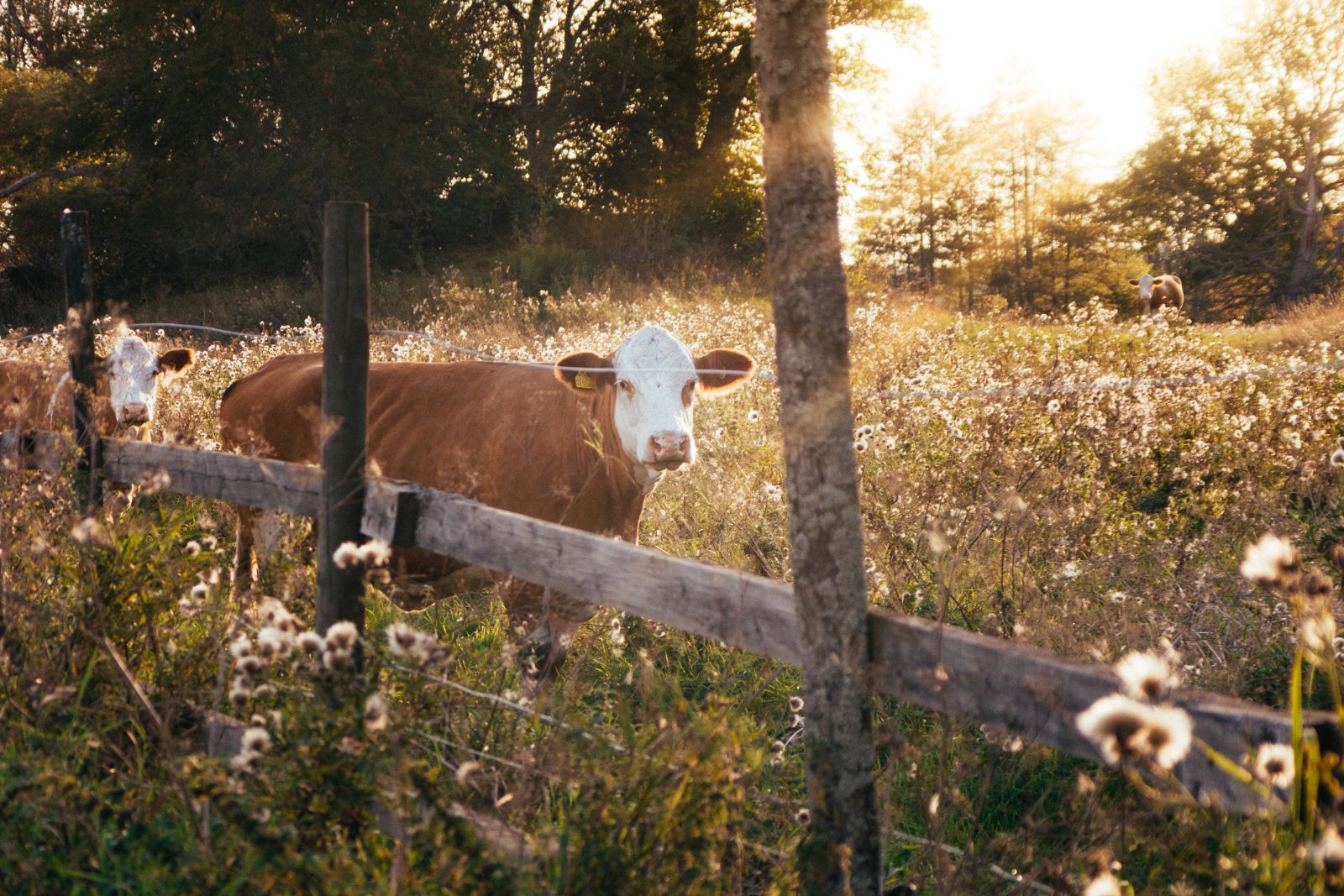
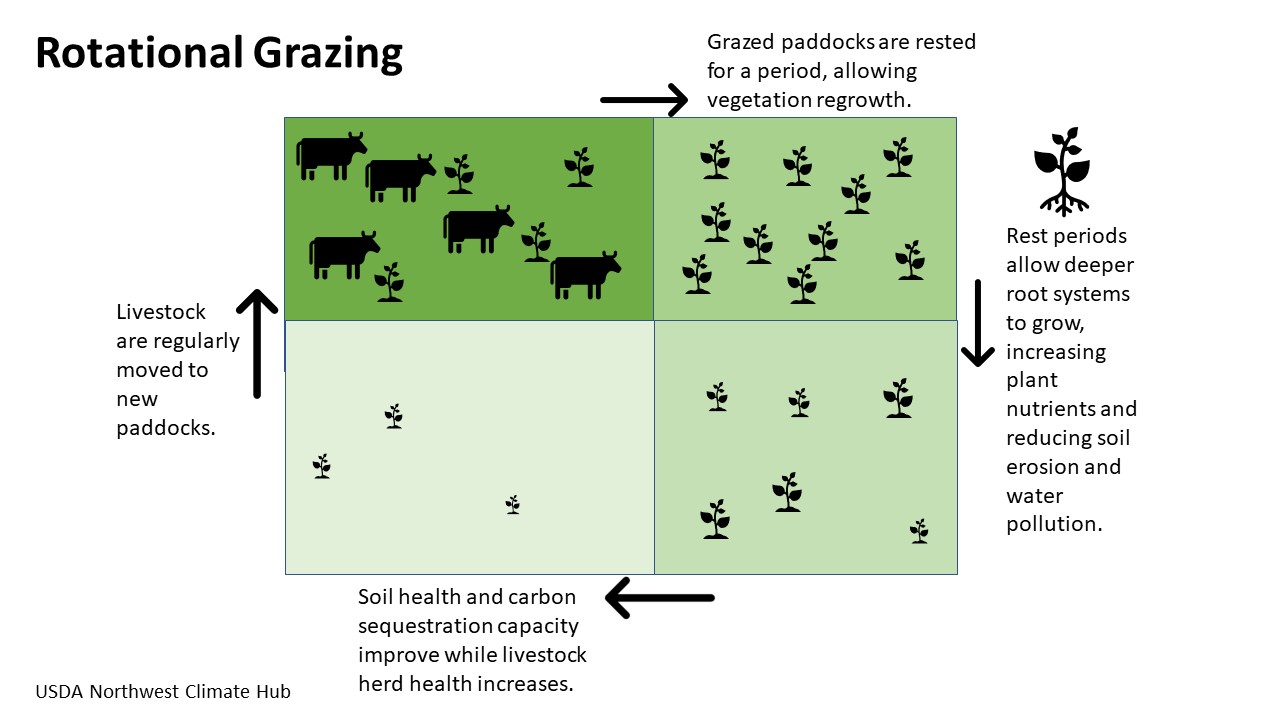
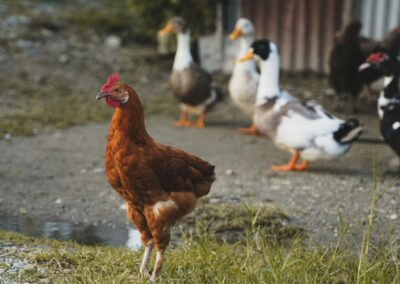
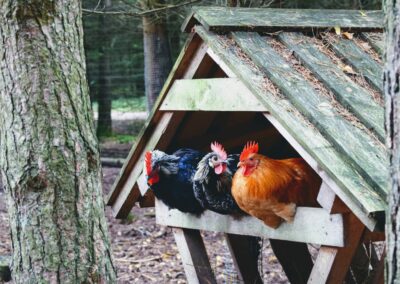
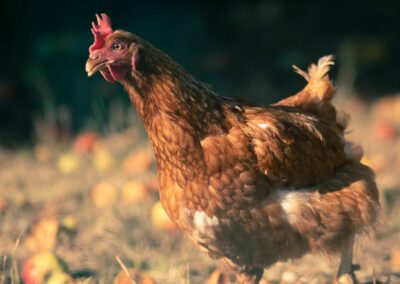
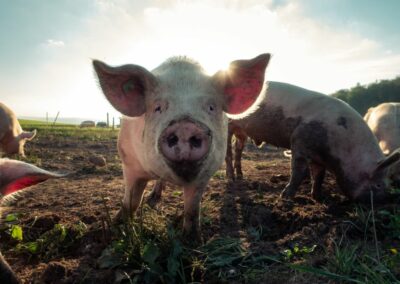

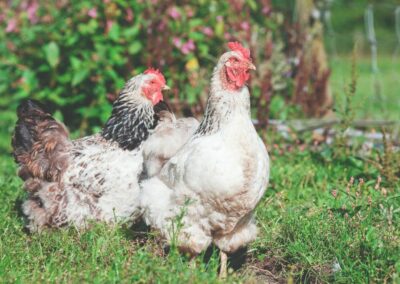
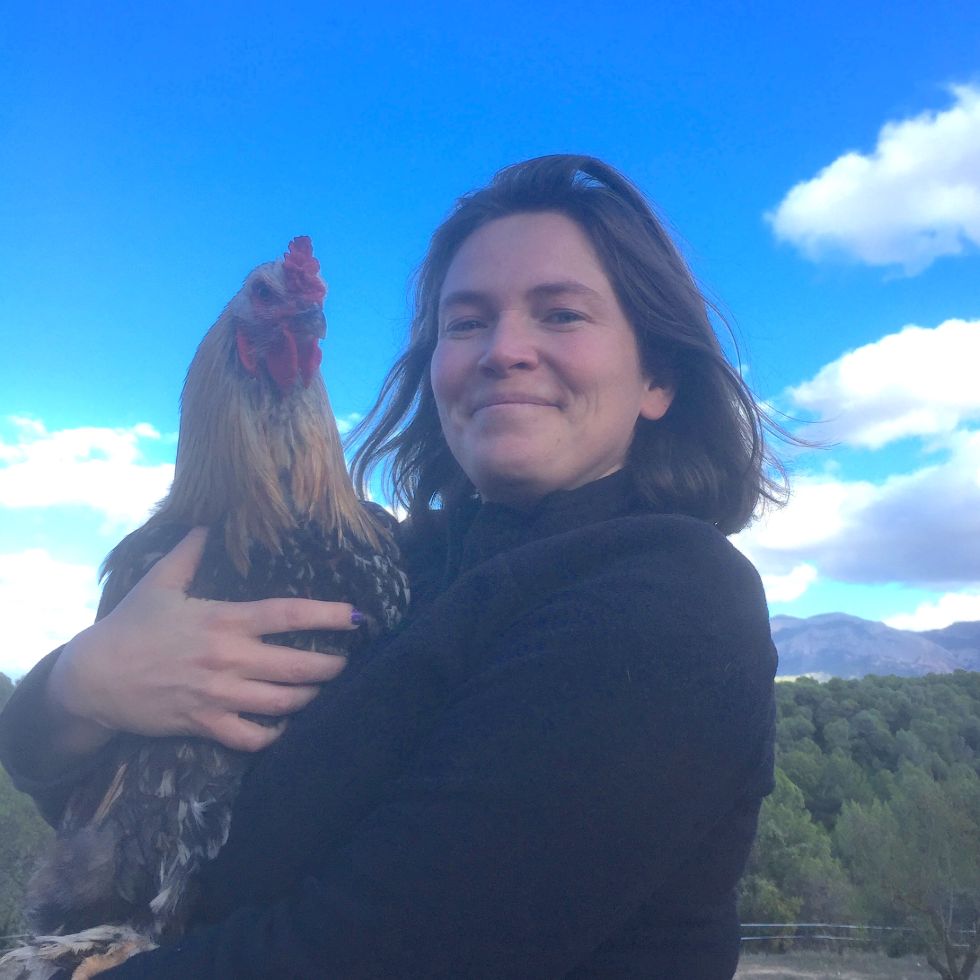

0 Comments